Collaboration, Politics, and the Art of Listening in the Workplace
Managers often approach employee relations as if they must be omniscient and infallible. This leads to stilted communication and stagnant creativity. Leaders that listen with an open mind generate a culture of excitement, drive employee morale and deter complacency, creating more strong ideas, momentum and progress.
To find the best ideas within an organization, we must encourage productive conversation and collaboration. And to encourage productive conversation and collaboration, we must first inspire effective, active listening.
Listening helps us connect with others and form positive relationships. Listening with an open mind can bring about a change in our most fundamental beliefs. Original ideas are born from listening to new perspectives, often inspired by previously unseen angles.
Without open listening, you’ll find a group of people yelling their ideas at one another, fighting for their own thoughts and beliefs in an ignorance of other viewpoints and potentially stronger ideas.
The challenges to listening that we face in the workplace are clearly on display in our current state of politics. Political parties have become so deeply entrenched in their opposing views that they have declared compromise to be failure. In this environment, productive conversation and collaboration are futile, progress is stifled and new ideas are left unexplored.
David Brooks explains in a New York Times Op-Ed:
"They want total victories for themselves and their doctrine… We’re now at a point in which politicians live in fear if they try to compromise and legislate. We’re now at a point in which normal political conversation has broken down. People feel unheard, which makes them shout even louder, which further destroys conversation."
Though many feel they have the ability to listen, effective listening does not come naturally to us. For most, our listening style is picked up along the way by observation and (often bad) instinct rather than learned through thoughtful practice and understanding.
Like any skill, good listening requires that people learn, practice and hone their craft. A good place to start is understanding how we listen and some common mistakes we make.
HOW WE LISTEN
The art of listening begins by understanding the ways in which we listen to others around us. These different listening styles have distinct concentrations, strengths and perils.
Some commons listening styles include:
- Content-oriented: Focuses on the quality of the message, the issues. This style is sometimes insensitive to the person sharing a thought.
- People-oriented: Emphasizes positive relationships, feelings and emotions. This orientation can also lead to people-pleasing behavior.
- Action-oriented: Accentuates determining a response or next steps, and also often impatience and finishing sentences.
- Time-oriented: Targets efficiency and deadlines, best reached through bullet-points.
What listening styles dominate your approach to conversation? How can you strengthen your active listening to improve collaboration?
THE MISTAKES WE MAKE
The mistakes we make when listening are not driven only by our listening style, but also by our ego and attachment to ideas we already hold. Openness when listening can leave room for compromise, collaboration or a change of heart.
One mistake we make is Self-Centered Listening. This is listening only from our own perspective rather than putting ourselves in the other person’s shoes and understanding their view. In the workplace, we are often attached to our own ideas and cling to them rather than listening with openness to another perspective that may be better or improve our own. Popularized by William Faulkner when he said, “In writing, you must kill your darlings,” it’s important to not hold too strongly to our own opinions in the face of what may be a stronger idea or a more honest viewpoint.
Another error in our ways is Selective Listening, hearing only what we want to hear. This form of listening only reinforces current beliefs without introducing new concepts or ideas. It can also lead to miscommunication and confusion.
And finally, a common approach to listening includes Judging, listening to evaluate and condemn rather than explore, understand, empathize, or build upon. Replacing the negative phrase “Yes, but…” with the amplifying “Yes, and…” can be one powerful way to combat judging and improve active listening. Drawn from improvisational techniques, “yes, and…” is supportive of those around you, builds positive engagement, and is especially effective when collaborating.
IN CONCLUSION
Take some first steps:
- Begin to observe the way you listen and respond.
- Modify negative habits such as judging or self-centered listening.
- Avoid the perils of certain listening styles, such as interrupting to complete someone’s sentences for them.
- Embrace “yes, and…” and strike “yes, but” from your vocabulary.
As you hone your listening skills, others will feel heard and appreciated. They will share more and think harder. They'll gain confidence in their ideas. And soon you will find an abundance of good ideas on your doorstep, ready to be selected, shaped and merged on the path to strong ideas, momentum and progress.
